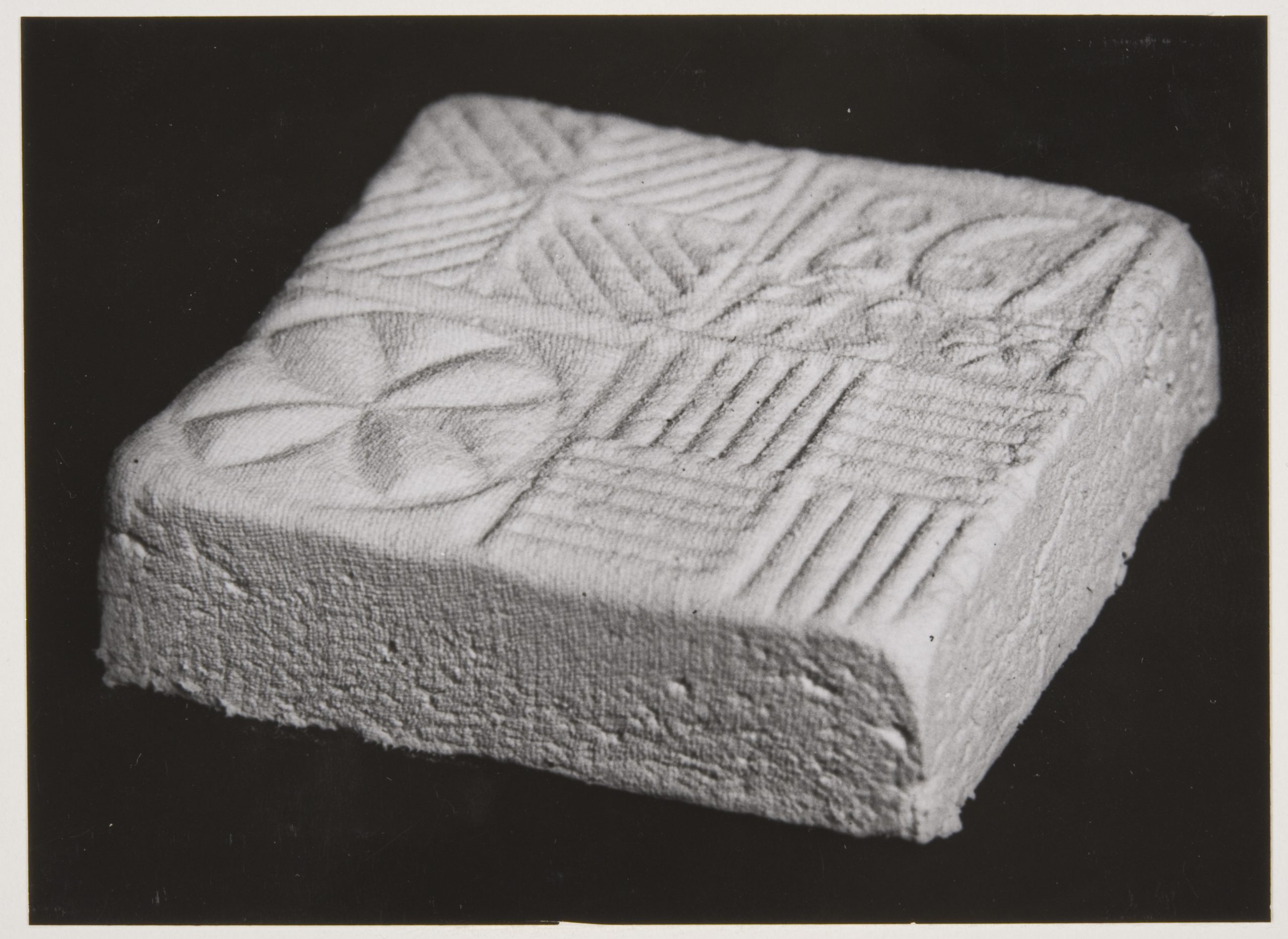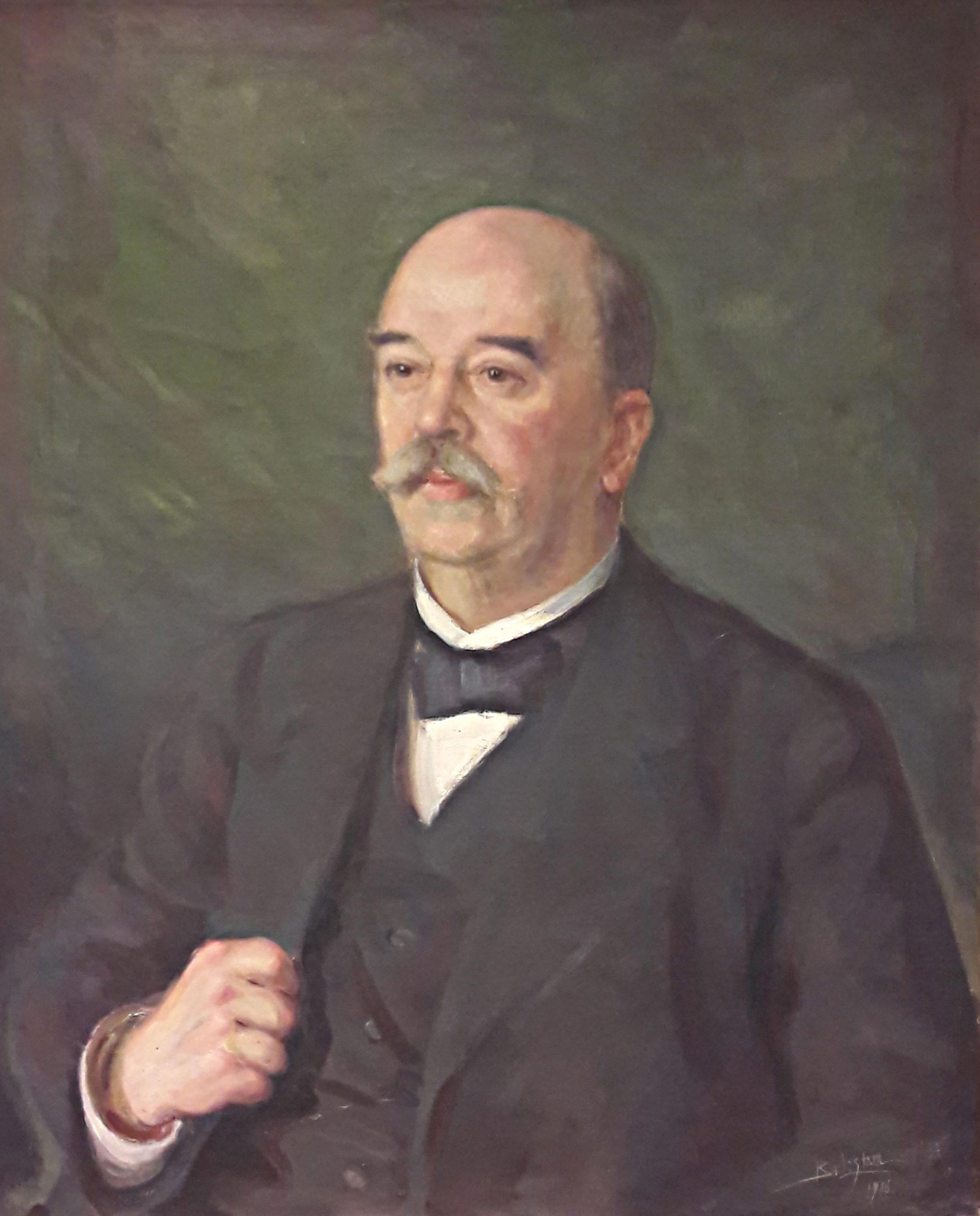In 1916 Gösta Grotenfelt, Professor of Agriculture and an avid recorder of Finnish agricultural history, wrote down the recipe for traditional Finnish egg cheese:
Strain 10 litres of fresh warm cow’s milk into a clean iron pot. Do not use a copper pot even if tin-plated. As the milk approaches the boiling point, add soured cream (from milk acidified for 24 hours) mixed with eight eggs. Stir vigorously with a whisk. As soon as the milk begins to boil, remove the pot from the heat and let the milk curdle until the whey is clear and the “edge of the cheese mass is woolly”. Then lift the cheese with a wooden spoon into a mould lined with a cheesecloth. Now add three tablespoons of sugar and a scant tablespoon of salt, cover the cheese with a cheesecloth and place a lid on the mould. Leave the cheese in the mould to solidify for one hour in the summer and 12 hours in the winter. This is important for the cheese to firm sufficiently. Once the cheese has cooled and been removed from the mould, remove the cloth and place the cheese on an alder board; wood from other trees may easily affect the taste.
Grotenfelt notes that this recipe was used in the parishes of Bromarv and Finby. He included in his museum collection a wooden cheese mould from Bromarv (the current Raasepori area). The mould is from 1861, meaning it is now over 160 years old.

An old food item
Cheese is usually made from animal milk, which is coagulated to form a firm mass that is then pressed. Hard cheeses, such as Emmental or Swiss cheese, subsequently require ageing. Whey, or milk plasma, is not entirely removed from fresh and whey cheeses, such as the traditional Finnish egg cheese. Before the invention of the cold chain and refrigerators, cheese was a good way to store milk, as it would otherwise spoil. Cheese has also been valued for its hight fat and protein content. It provided a great deal of energy for heavy work.
People have been making various kinds of cheese for thousands of years. The oldest written mentions of Finnish cheeses date back to the work published in 1555 by Olaus Magnus, Archbishop of Uppsala, entitled Historia de Gentibus Septentrionalibus (A Description of the Northern Peoples). Home-made cheese was made from spring to autumn as cows calved and produced milk. Industrial cheese-making began in Finland in 1856 when the Swiss master cheesemaker Rudolf Klostner began working in the cheese dairy at Sippola Manor, in the present Kouvola region.

A man of many talents
Gösta Grotenfelt (1855–1922), who included the cheese mould in his collection of museum objects, was active in various areas of agriculture. He studied botany at university and pursued further studies at an agricultural college in Copenhagen. Together with his brother Nils, he ran his home manor Järvikylä and its dairy school in Joroinen. He also managed the estates of the manors Lahdentaka in Tyrväntö and Laukko in Vesilahti and, from 1891, headed the Mustiala agricultural and dairy college in Tammela. In 1901 he was appointed professor at the University of Helsinki. In addition, he was director of the crop cultivation department of the government pilot plant for agricultural economics in Jokiniemi, Tikkurila, from 1904 to 1912. Grotenfelt was an assiduous author and maintained networks in both Finland and the other Nordic countries.

Grotenfelt’s interest in the countryside was evident in the museum sector too. In Mustiala, he put together a collection of agricultural ethnography, later an agricultural museum, whose objects were used for teaching. He continued his avid collection efforts in Tikkurila, devoting a great deal of time and effort and often using his own money. Alongside the museum collection, he established a photo archive and actively added to it by taking photos and seeking donations. Moreover, he created display sections on agricultural history for agricultural and dairy fairs held across Finland.
Most of the items collected by Grotenfelt remain available today. Some are held at the Finnish Museum of Agriculture Sarka and others, such as the cheese mould, at Helsinki University Museum Flame.
This object will be on display until 26 October 2025 in our Food for All exhibition.
Katariina Pehkonen, Curator
Translation: University of Helsinki Language Services.
Sources:
Grotenfelt, Gösta: Vanhanaikainen suomalainen maitotalous. Otava, 1916. https://helda.helsinki.fi/items/f8f52d1b-e2a2-475f-b507-146af7f75585, accessed 20 May 2024
Hakkarainen, Susanna: Viikin homeinen kokoelma haltuun. Orastaa-blogi, Suomen Maatalousmuseo Sarka, 2017. https://orastaa.wordpress.com/2017/04/12/viikin-homeinen-kokoelma-haltuun/, accessed on 21 May 2024
Juustoseura ry: Juuston historiaa. https://www.juustoseura.fi/yhdistys/erilaisia-juustoja/, accessed 20 May 2024
Mäkinen, Riitta: Grotenfelt, Gösta. Kansallisbiografia-verkkojulkaisu. Studia Biographica 4. Helsinki: Suomalaisen Kirjallisuuden Seura, 2001. http://urn.fi/urn:nbn:fi:sks-kbg-003201, accessed 20 May 2024
Suomen juustonvalmistajain yhdistys ry: Suomen juustonvalmistuksen historiaa. http://www.juustonvalmistajat.fi/suomen-juustonvalmistuksen-historiaa/, accessed 20 May 2024
